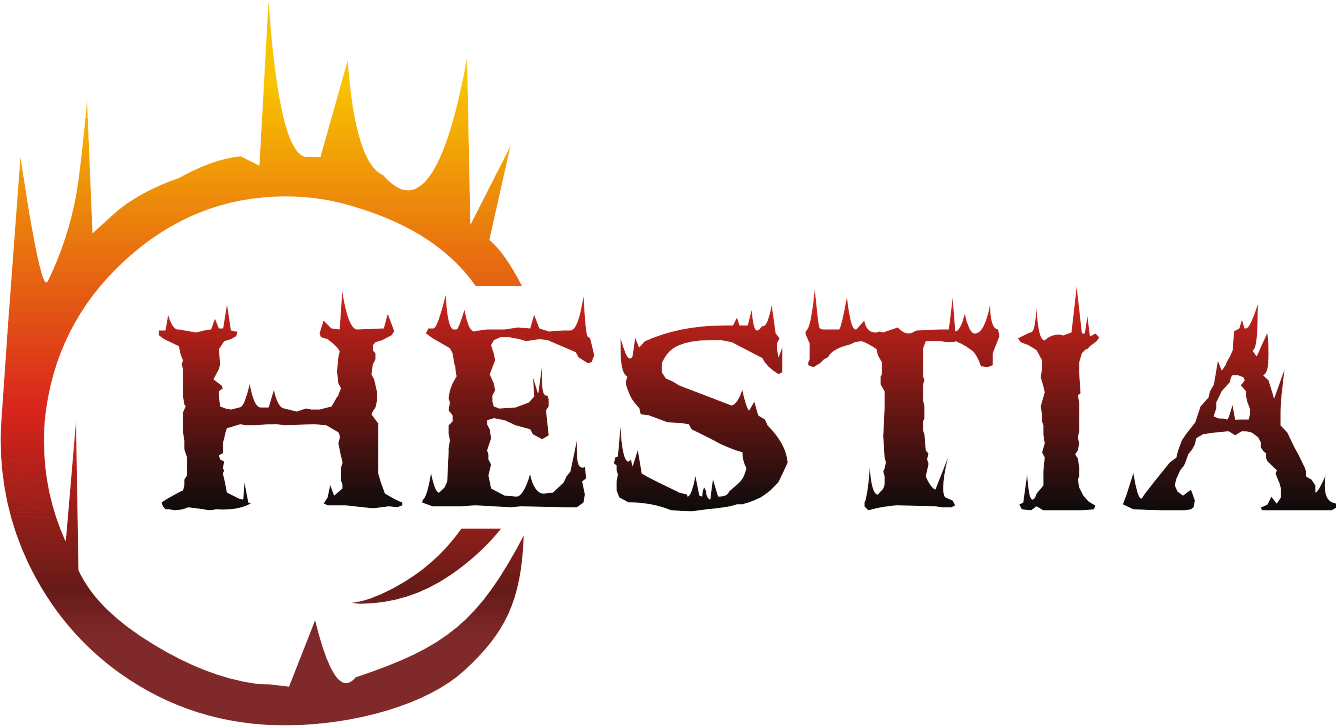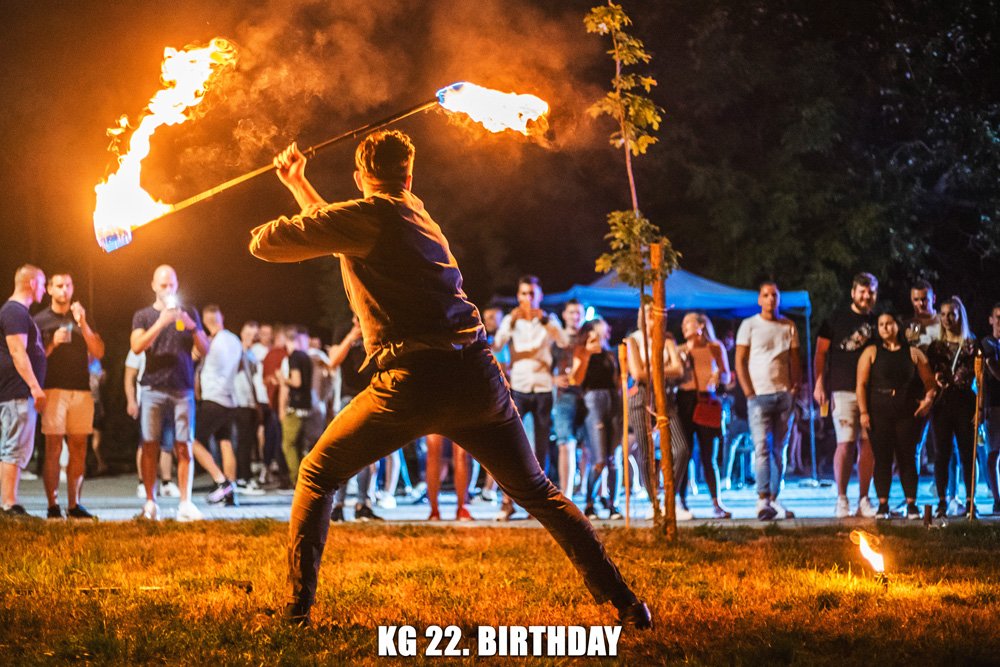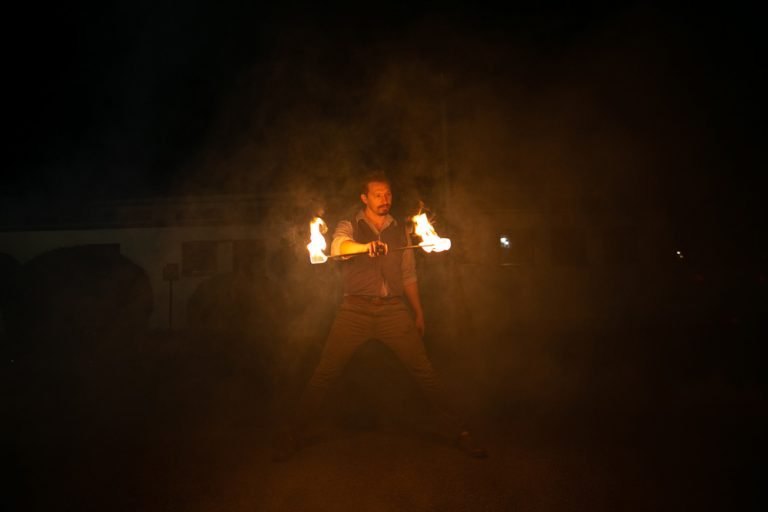to Organize a Fire Dance Workshop or Training Event
Fire arts events are gaining popularity in communities across the globe, offering an immersive fusion of artistry, athleticism, and ancient ritual. But what does it take to bring a mesmerizing, safe, and successful fire dance workshop to life? Whether you’re a municipal event planner, a festival organizer, or a venue coordinator, understanding the key elements of planning and teaching fire arts is essential for creating a remarkable and responsible experience.
Why Organize a Fire Dance Workshop?
Hosting a fire dance workshop not only enhances cultural programming but also supports local talent, encourages physical activity, and forges deeper community engagement. With interest in flow arts and performance increasing—Google Trends has shown a 22% rise in searches for “fire dancers” over the last 5 years—now is an excellent time to consider incorporating this dynamic art form into your event portfolio.
Step-by-Step Guide to Organizing a Fire Dance Training Event
1. Define the Scope and Goals of Your Event
Before contacting artists or booking a venue, define the purpose and structure of your workshop. Will it cater to beginners, intermediates, or professionals? Is the goal to introduce fire arts to a wider audience, provide in-depth training, or prepare performers for a future fire show?
Clearly outlining your objectives will help in selecting the right instructors, workshop type, and promotional strategy.
2. Partner With Experienced Fire Dancers and Trainers
Choosing the right educators is crucial for the safety, effectiveness, and reputation of your event. Seek out professional fire dancers with credentials in safety and performance training.
According to Hestia Fire Dance, incorporating certified fire safety instructors can reduce workshop-related risks by up to 80%.
Consider inviting instructors who can provide:
- Hands-on equipment safety training
- Prop manipulation techniques (poi, staff, fans, etc.)
- Performance skills and choreography sessions
- Fuel handling and fire safety protocols
3. Secure the Right Venue
Location plays a pivotal role in a safe and successful workshop. Look for venues that offer both indoor and well-ventilated outdoor spaces with proper clearances. Local fire regulations must be consulted—sometimes written permission or a fire marshal presence is required for open-flame activities.
Considerations include:
- Non-flammable surface materials (e.g., concrete or sand)
- Access to fire extinguishers and water sources
- Adequate lighting for evening sessions
- On-site storage for fire props and fuels
4. Prioritize Safety Procedures
Planning and teaching fire arts involves risk management at every level. Develop a detailed safety protocol in consultation with your fire artists and local authorities. This should include:
- Mandatory safety briefings for all participants
- Spotter systems (people designated to monitor performances)
- First aid availability on-site
- Clear storage and usage rules for fuels
Workshops affiliated with certified fire collectives have shown a 95% incident-free rate, according to Fire Arts Safety Alliance data.
5. Plan Learning Tracks and Curriculum
For a multi-day event, design learning “tracks” to cater to different levels of experience. For example:
- Beginner track: history of fire arts, prop basics, safety fundamentals
- Intermediate track: dynamic movement, choreography, partner fire dance
- Advanced track: solo performance clinics, music integration, freestyle competitions
Incorporate practical sessions, Q&A panels, and instructor demonstrations to maintain engagement.
6. Promote Your Event Strategically
Utilize online communities dedicated to flow arts, such as Facebook groups, Reddit forums, and regional newsletters. SEO-friendly promotion using long-tail keywords like “fire arts training for beginners” and “how to organize a fire performance workshop” can increase exposure on search engines.
Don’t forget to engage local arts councils, schools, or fitness studios—particularly those aligned with dance, circus arts, or martial arts.
7. Provide Equipment or Rent It
To make your workshop accessible, especially for beginners, offer rentals of poi, staffs, fans, and other props. Alternatively, collaborate with fire prop vendors for demo opportunities or exclusive discounts for participants.
8. Capture the Experience
Hire a professional photographer or videographer to document key moments. Not only does this aid future promotion, but it also offers valuable material for instructors and participants to review.
Potential Challenges and Solutions
Obtaining Permits
Many municipalities require open flame permits. Start inquiries 6–8 weeks in advance to ensure approvals align with your schedule. Some fire departments may require demonstration of safety readiness before issuing event clearance.
Weather Contingencies
If your venue is outdoors, have contingency plans in place such as an indoor replacement location or reschedule policies due to wind or rain.
Liability and Insurance
Ensure all participants sign waivers acknowledging risk. Look into one-day event insurance policies that cover specialty arts or circus performances.
How Fire Dance Training Benefits Communities
Beyond the spectacle, fire dance programming can:
- Enrich local arts culture and visibility
- Provide alternative recreational opportunities for youth and adults
- Support tourism by drawing niche audiences
- Encourage personal confidence, discipline, and creativity
Well-organized fire arts workshops often serve as feeder programs into broader festivals, workshops, and even professional development for performers.
Conclusion: Make Fire Arts a Centerpiece of Your Event Calendar
Organizing a fire dance workshop may seem complex, but with the right planning, professional collaboration, and dedicated safety protocols, it becomes an unforgettable, impactful experience. It’s an ideal way to diversify programming, engage with vibrant artist communities, and create lifelong memories for participants and spectators alike.
Ready to bring the mesmerizing power of fire dance to your next event? Explore professional fire dance shows and consultations here.
Quick Summary
- Define workshop goals: audience level, scope, and expected outcomes.
- Partner with qualified instructors: prioritize safety, experience, and teaching ability.
- Plan for safety and regulations: secure permits, set protocols, and designate roles.
- Use strategic promotion: via SEO, social media, and local community groups.
- Make it memorable: through engaging content, media capture, and participant feedback.




